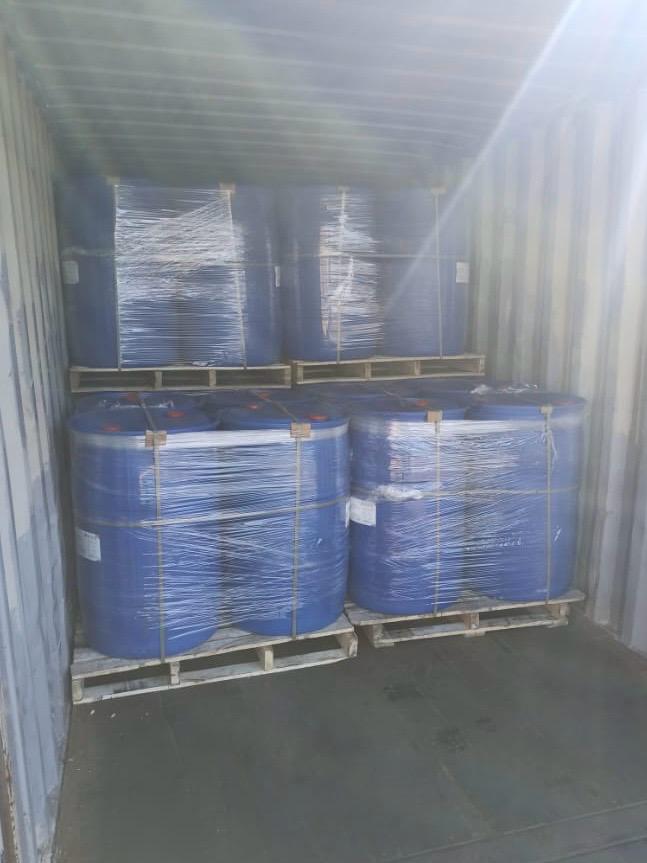Texapon is a trade name for a group of anionic surfactants, primarily Sodium Lauryl Ether Sulfate (SLES) or Sodium Lauryl Sulfate (SLS). These surfactants are widely used in the production of personal care and cleaning products due to their excellent foaming, emulsifying, and cleaning properties.
